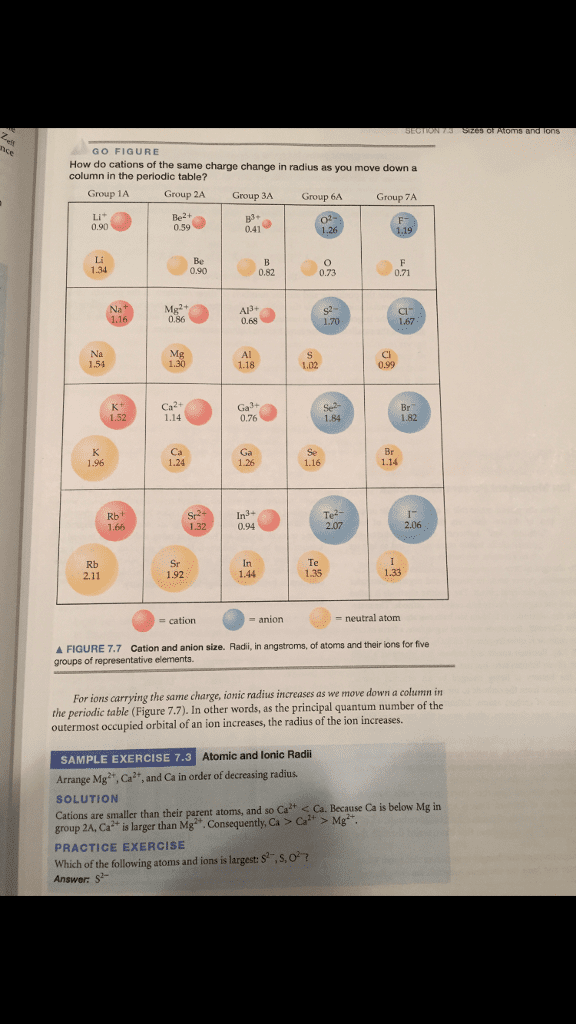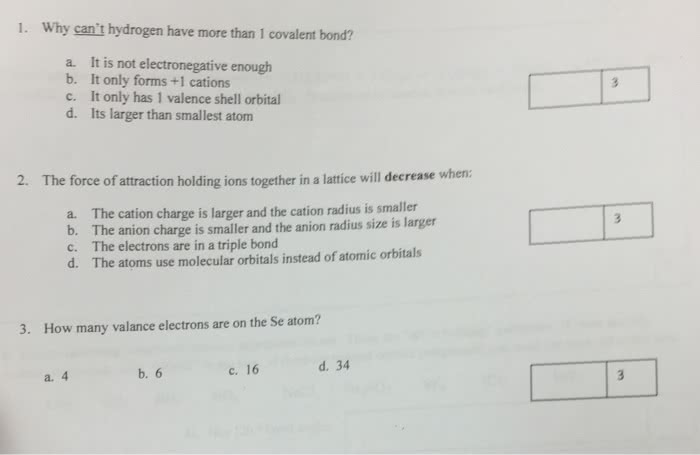CHEM 14A Chapter Notes - Chapter 1F.3: Isoelectronicity, Ionic Radius, Ionic Compound
Document Summary
The ionic radius is its share of the distance between neighboring ions in an ionic solid. The distance between the centers of a neighboring cation and anion is the sum of the two ionic radii. All cations are smaller than their parent atoms because the atom loses its valence electrons to form cation and exposes its core, which is generally much smaller than the parent atom. The radii of these ions increase down each group because the core electrons occupy shells with higher principal quantum numbers. The reason can be traced to the increased number of electrons in the valence shell of the anion and the repulsive effects exerted by electrons on one another. Anions and ions with the same number of electrons are called isoelectronic. Their radii differ because they have different nuclear charges. Ionization energy: the minimum energy needed to remove an electron from an atom in the gas phase.



